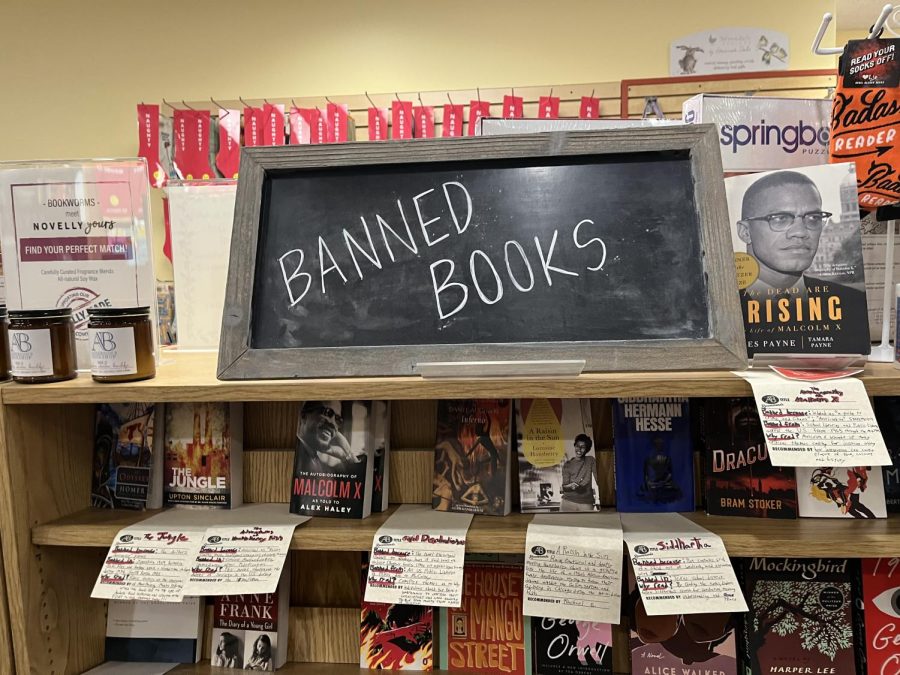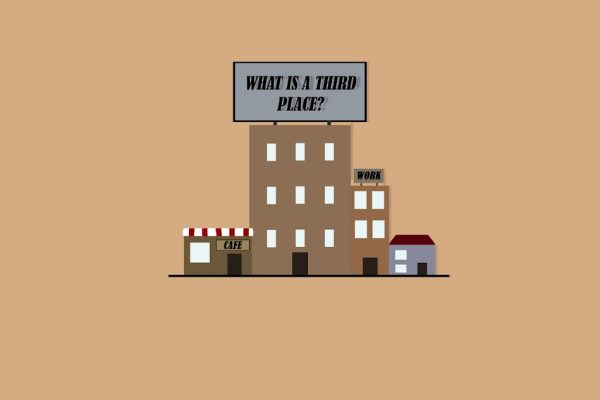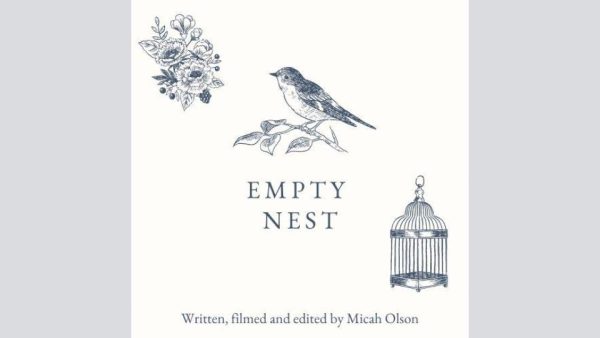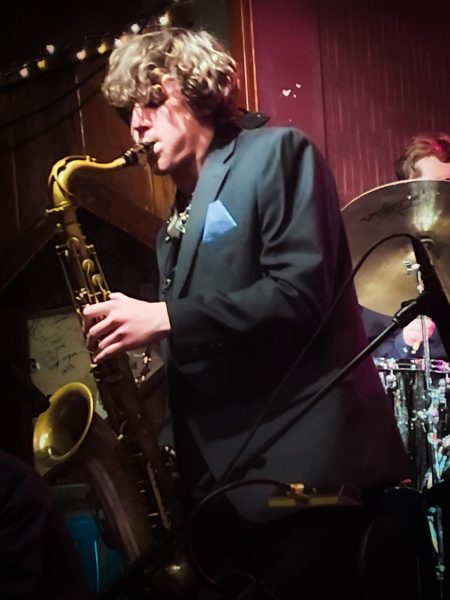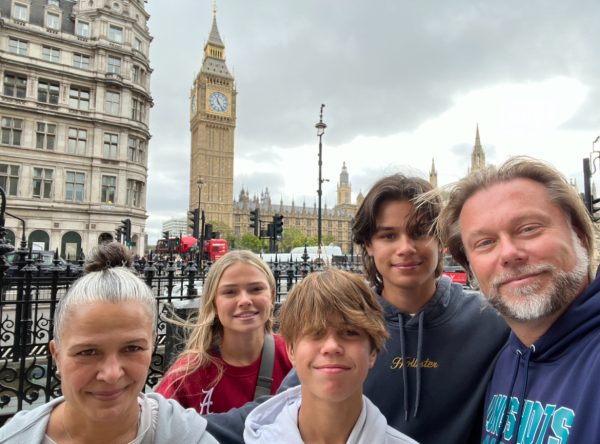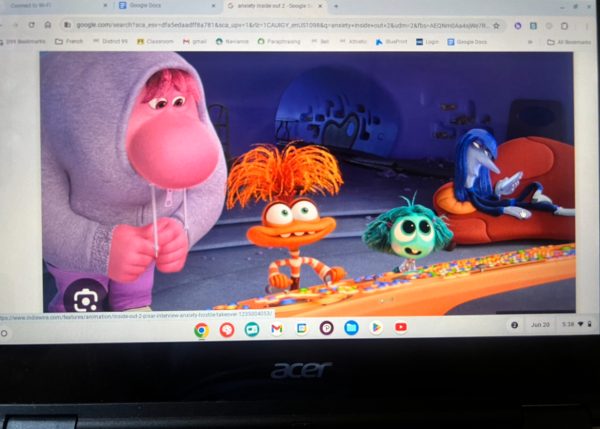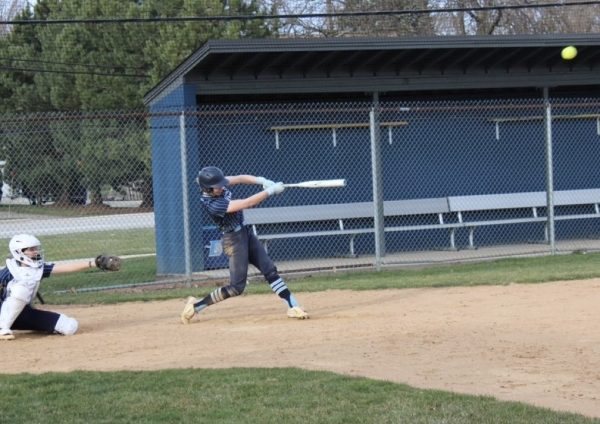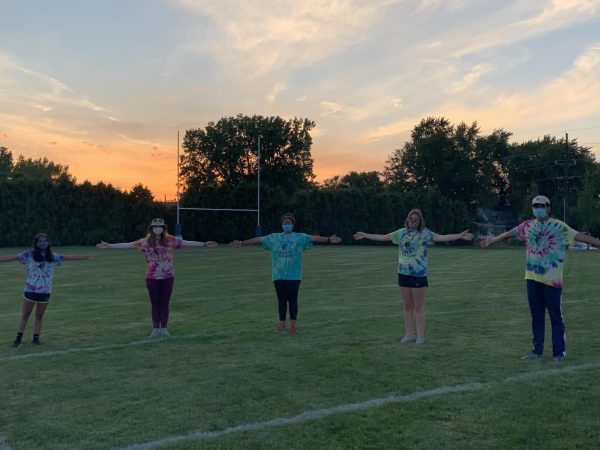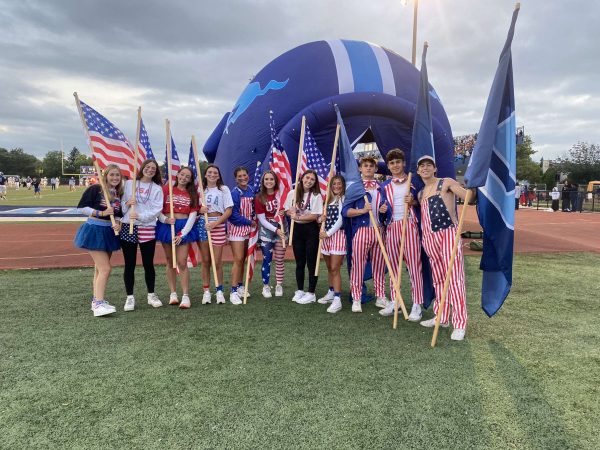Banned books: A look into literary censorship in the 21st century
Anderson’s Bookshop in Downers Grove proudly displays books that have been censored in the past.
Banning books certainly is not a foreign concept, with the first attempt to ban literature dating back to 1637. However, access to social media may be contributing to the ever-growing attempts to ban books across the country. From July 2021 to June 2022, PEN America’s Index of School Book Bans lists 2,532 instances of individual books being banned, with the highest percentage of books banned in Texas.
“Social media spreads quickly, so if someone’s trying to ban a book, and they post on social media, a lot of people will see it and more can agree with it. Also some people might just be going along with others that they follow on social media because they think they should do what everybody else is doing,” sophomore Kailee Rodeck said.
Some books that are currently renowned as classical literature have been some of the most banned books in the country, such as “The Catcher in the Rye” by J.D. Salinger and “To Kill a Mockingbird” by Harper Lee. However, regarding modern books, English teacher Kierstin Thompson believes that social media is allowing for a more unified attempt to ban specific books across the country.
“I think that it’s getting more attention these days because a lot of the books that are being challenged are being challenged across the United States as opposed to localized places,” Thompson said.
In addition to the rise of social media in the 21st century, there has also been a more prevalent conversation about equity in America when it comes to race, sexuality and gender identity among other topics. Correspondingly, there has been a rise in book challenges regarding books that discuss these topics. From the same study done by PEN America, 81% of banned books had LGBTQ+ themes and/or a protagonist of color.
Most books in fiction and nonfiction can have educational value; they teach us about others’ experiences and how they see the world. Even books with radical ideologies, left or right on the political spectrum, should be available to help students understand the human condition. Everyone thinks differently, and books are an important window into each others’ points of view,
— senior Shelby Balsamo
District 99 is no stranger to book challenges, with a high profile challenge that occurred in November 2021 against the book “Gender Queer” by Maia Kobabe. “Gender Queer” contained LGBTQ+ themes among other messages from Kobabe, but some parents claimed that the book was pornographic. After further evaluation from the district, “Gender Queer” was allowed to remain in the school libraries.
Head Librarian Kim Pakowski detailed what the process is like to approve and acquire books for the DGS library collection.
“We have a collection development [policy] that we follow that dictates what we can and cannot order for our library. There are always community members that have opinions on what books should be in a library. As librarians, our perspective is that we try to build a collection that is appropriate for our setting and that we purchase books that follow that collection development policy,” Pakowski said.
While Pakowki also believes that social media has contributed to the uptick in book challenges, she also sees a way that librarians can use social media to their advantage to help be aware of potential challenges.
“We started paying attention to all of the books being talked about in different parts of the country, and did we have any of these, which ones do we have and which ones do we not have? I think social media has definitely impacted it on both sides– for librarians it helps us provide a support system for each other and [have] an idea of what’s going on,” Pakowski said.
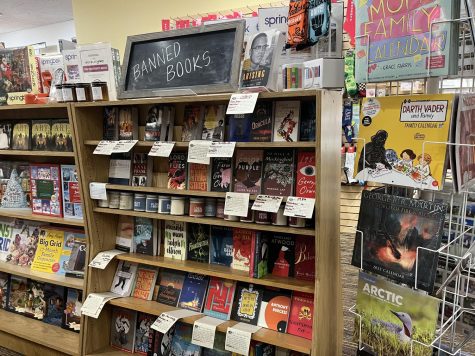
Most books that are challenged are challenged on the basis that they contain explicit content that is not appropriate for teenagers. Some, like English teacher Zach Kuhn, believe that there needs to be a deeper conversation about what is defined as explicit within the contents of a novel.
“There are books that should not be in the hands of teenagers– I’m thinking of “Mein Kampf” [or] “The Unabomber’s Manifesto”– really extreme works that were written by fascists, purveyors of genocide and/or murder. There have always been books that are kept from students because of the content in them. A book about someone struggling with their identity that shows depictions of sex or violence is very different from a book that shows sex and violence for the purpose of excitement,” Kuhn said.
While literary censorship is not an issue that will be going away, Balsamo hopes that people will become more empathetic by viewing the world from other perspectives through reading.
“Many books that are being banned are being banned because they conflict with the thoughts and ideas of the people banning them. Growth comes through challenge. Students can’t grow if they are only fed one thought process, and it certainly stunts the development of compassion,” Balsamo said.

